#clendinning
Photo

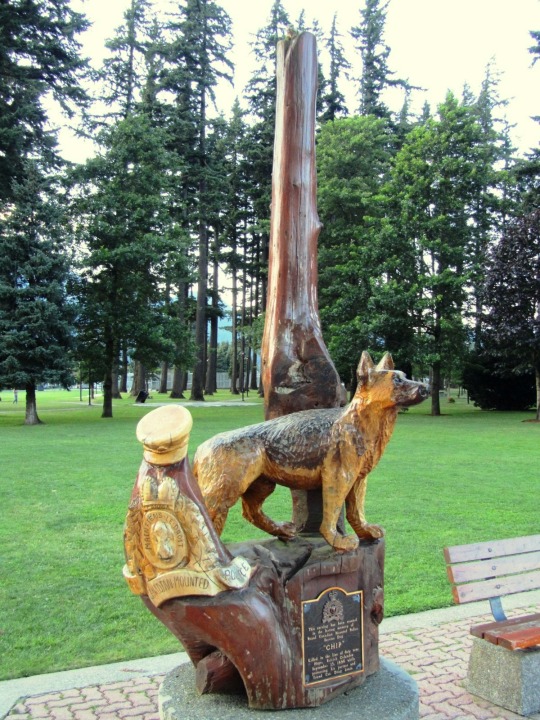


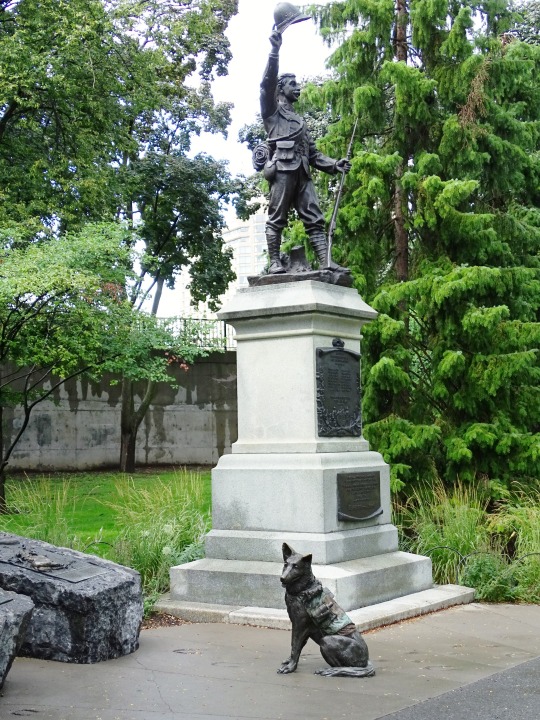

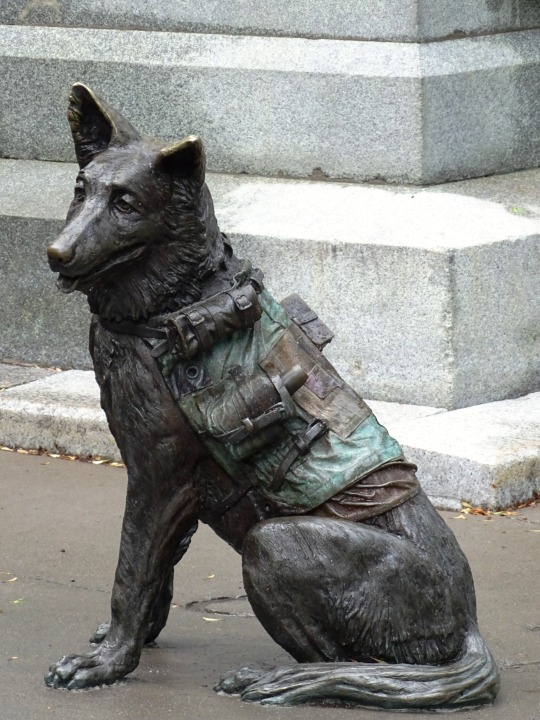

K-9 Veterans Day
Joseph White, a retired military working dog trainer, came up with the idea for K-9 Veterans Day. By his efforts, his home state of Florida recognized the day in 2009. Other states have since recognized it as well, although it has not been recognized on the national level. The day is dedicated not only to K-9 veterans of the military, but also to customs dogs, search and rescue dogs, police dogs, border patrol dogs, and secret service dogs. March 13 is the date of the holiday because the K-9 Corps was created on March 13, 1942. The Quartermaster Corps of the Army began training dogs on that date, making it the moment when dogs officially became part of the U.S. Armed Forces.
Three months before Pearl Harbor, U.S. Army Sgt. Robert H. Pearce started a small K-9 command program at Fort MacArthur in San Pedro, Los Angeles. He brought Hollywood dog trainer Carl Spitz on board. (Spitz was known for owning and training a Cairn Terrier named Terry, who was best known for playing the role of Toto in The Wizard of Oz.) In January of 1942, they began asking people in Los Angeles to bring their dogs to Pershing Square to be used in the war effort. Over 1,000 dogs were brought, including Rudy Vallee’s Doberman Pinscher, King, and Mary Pickford’s German Shepherd, Silver. The program was known as Dogs for Defense. These dogs would go on to be used by the K-9 Corps.
Originally, thirty breeds of dogs were accepted by the K-9 Corps, but this was narrowed down to seven: German Shepherds, Siberian Huskies, collies, Belgian Sheepdogs, Doberman Pinschers, Eskimo dogs, and Malamutes. New dogs were first given obedience training. They were then given additional training to be a scout or patrol, messenger, sentry, or mine detector. Within eight to twelve weeks they completed their training. The original idea was to have 200 dogs in the K-9 Corps, but by the end of World War II, the number had ballooned to more than 10,400. Most of the dogs were family pets.
Although dogs were first formally trained for military service during World War II, they have been used in war since antiquity. More recently, some were used informally during the Civil War. During World War I, the German, British, and Belgian armies used them to pull carriages and wagons loaded with guns and supplies, to pull telephone lines, to carry messages, and to comfort those who had been injured. About 7,000 dogs were used in World War I, but not only a few of these were from the United States.
As of the late 2010s, over 2,500 dogs actively serve in the military, and about 700 are deployed overseas. Military dogs sniff out bombs and weapons, search and patrol, perform guard duty, and serve as companions to those who suffer from post-traumatic stress disorder and traumatic brain injury. Military dogs are usually German Shepherds, Belgian Malinois, or Labrador Retrievers. Dogs in the military now can receive medals and awards, and they often have retirement and memorial services held for them. In law enforcement, dogs began being used more in the 1970s. These dogs patrol, perform search and rescue missions, and detect drugs, explosives, cadavers, and arson accelerants. Dogs in both military and law enforcement roles, as well as dogs in other similar official roles, are all honored today.
How to Observe
Here are some ideas on how to celebrate the day:
If you have, work with, or train a military dog, law enforcement dog, or dog in a similar role, make the day extra special for them.
Contact your representatives and encourage them to support a K-9 Veterans Day on the state or national level.
Support K-9 Courage, a group that provides healthcare assistance to retired police and military dogs, and gives support to service dogs who assist veterans with post-traumatic stress and traumatic brain injury. You could help raise funds or have your own dog participate in “Dogs Salute Dogs.”
Learn about notable dogs who have served in the military, such as Sgt. Stubby, Chips, Lex, and Cairo.
Visit a memorial dedicated to dogs, such as the War Dog Memorial at the March Field Air Museum in Riverside, California; the War Dog Memorial in Hartsdale Pet Cemetery in Hartsdale, New York; the National War Dog Cemetery and War Dog Memorial at Naval Base Guam; The Pennsylvania War Dog Memorial; or the Military Working Dog Teams National Monument in San Antonio, Texas.
Visit Sgt. Stubby, who is stuffed and on display, and covered with a blanket that holds his medals, in an exhibit titled “The Price of Freedom: Americans at War” at the National Museum of American History.
Watch a movie or documentary about military or police dogs such as Max, Sgt. Stubby: An American Hero, War Dog: A Soldier’s Best Friend, Megan Leavey, or War Dogs: America’s Forgotten Heroes.
Source
#Animals in War Memorial by David Clendining#K-9 Veterans Day#Hope#BC#Ottawa#Ontario#British Columbia#sculpture#travel#vacation#USA#New York City#Lower Manhattan#K9VeteransDay#RCMP dog Chip#Let Freedom Ring by Kathryn Mellusi#Sirius by Ron Burns#National September 11 Memorial & Museum#South African War Memorial by Hamilton MacCarthy#13 March
2 notes
·
View notes
Text

House of Max Clendinning and Ralph Adron, London, 1969
1 note
·
View note
Link
Are you looking for the best book to equip you with essential theory and aural skills as an undergraduate music student? Our Musician's Guide to Theory and Analysis, 3rd Edition (PDF) package contains all the resources you need to succeed. The comprehensive material covers each topic commonly taught in the undergraduate sequence. With Norton's Know It? Show It! online pedagogy, students can watch video tutorials as they read the text, access formative online quizzes, and tackle workbook assignments in print or online. The ebook is the 3rd edition of The Musician’s Guide to Theory and Analysis. It is written in student-friendly language and emphasizes real music, making it a popular choice for both professors and students. The ISBN numbers include: 978-0393600490, 978-0393289909, 978-0393600483, 978-0393263053, 978-0393264623, 9780393264623, and 0393264629. Please note: The sale only applies to the ebook The Musician's Guide to Theory and Analysis 3E in PDF format. The package comes with a workbook, and no access codes are included.
0 notes
Photo

Max Clendinning :: Maxima Chair
100 notes
·
View notes
Photo

Max Clendinning
8K notes
·
View notes
Photo

Bull Boy
West Clendinning
#fantasy art#fantasy#dark#dark fantasy#creature#moster#skull#death#Forest#leshen#macabre#macabre art#west clendinning
14 notes
·
View notes
Photo
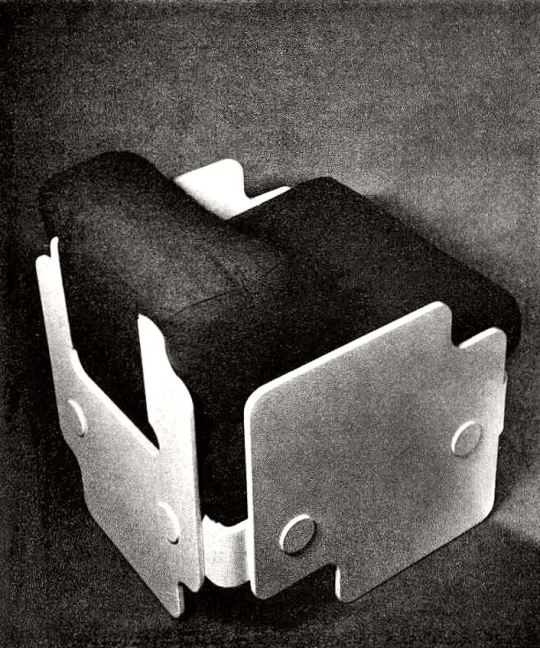
“Maxima Chair” by Max Clendinning, 1966.
62 notes
·
View notes
Photo

Corruption
by West Clendinning
(many thx to Casey Landreth for the artist’s name)
#chaos#cultists#ecclesiarchy#slaanesh#heretic#warhammer#warhammer 40k#warhammer 40000#40k#west clendinning
141 notes
·
View notes
Photo


Glorious Max Clendinning and Ralph Adron interiors from Les décorateurs des années 60-70, 2e Ed.
https://books.libertys.com/en/furniture/lib9451/french-decorators-of-the-60-and-70-2nd-ed-
#80sdeco#80s interior design#60s interior design#70s interior design#max clendinning#ralph adron#french interior design
88 notes
·
View notes
Text

West Clendinning
11 notes
·
View notes
Text
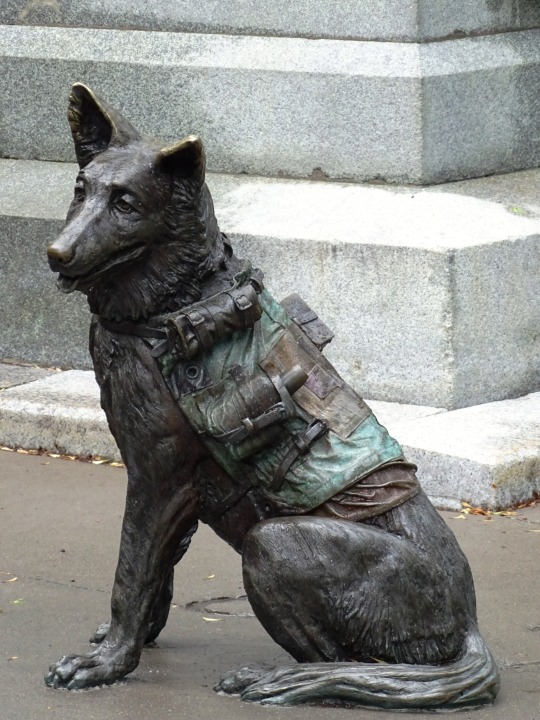
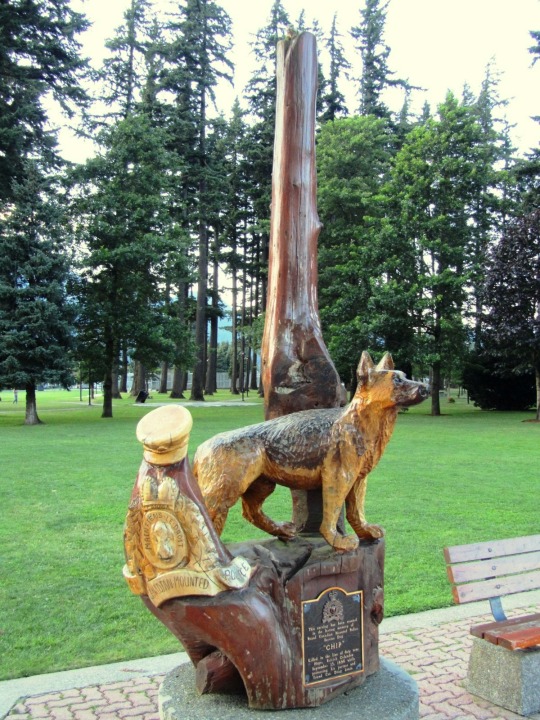

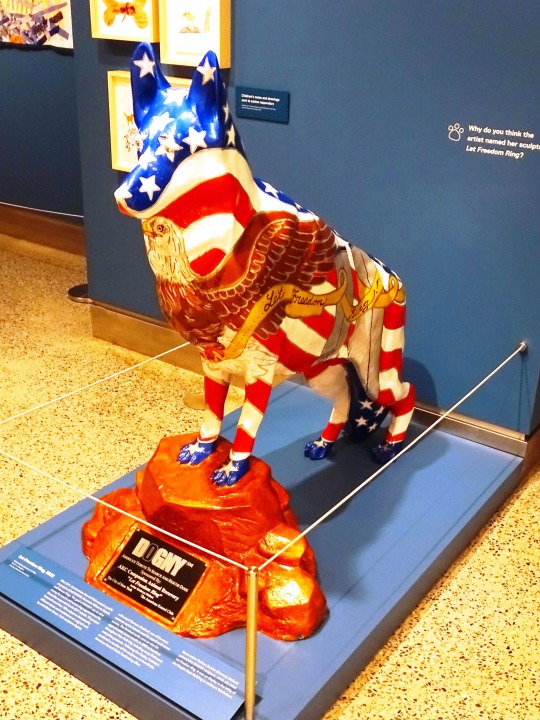


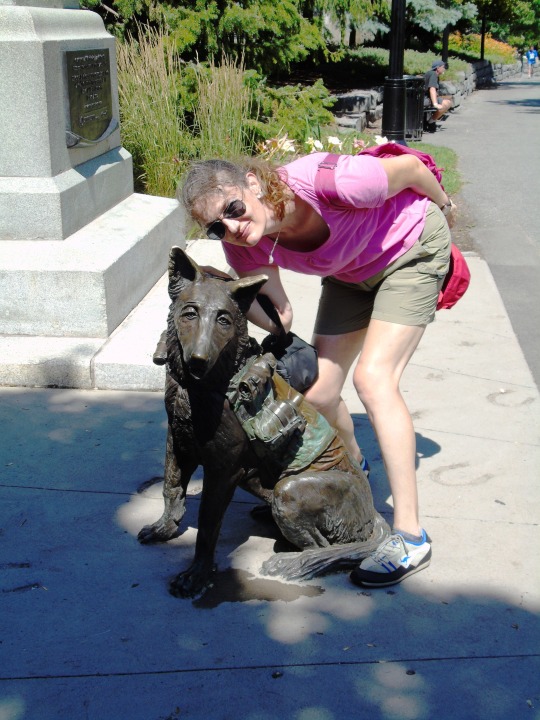
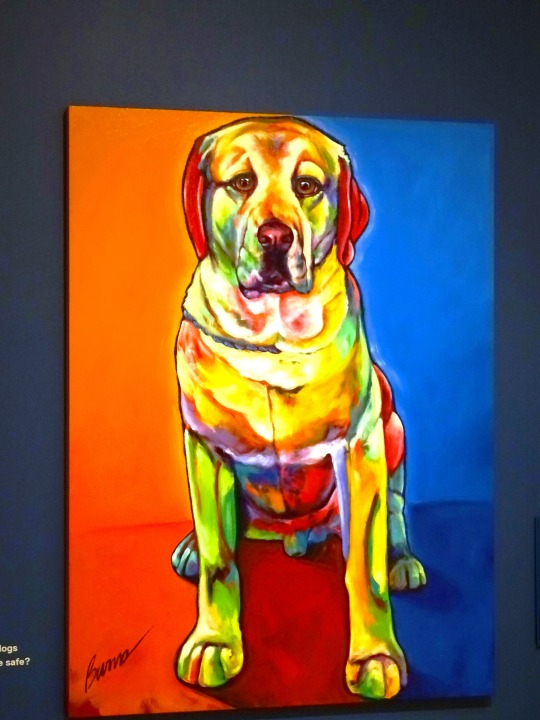
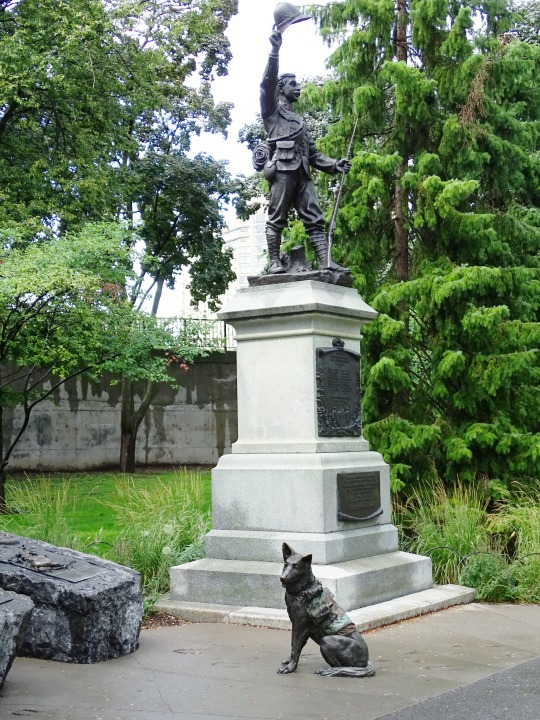
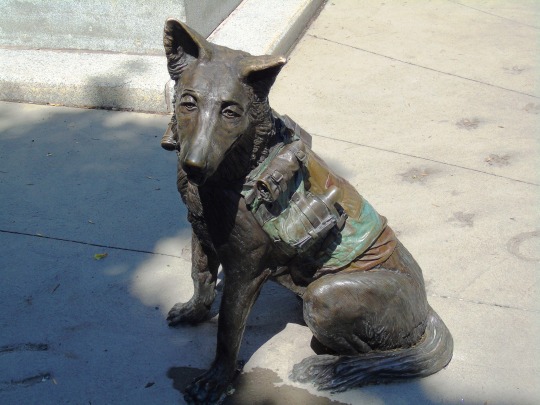
K-9 Veterans Day
Joseph White, a retired military working dog trainer, came up with the idea for K-9 Veterans Day. By his efforts, his home state of Florida recognized the day in 2009. Other states have since recognized it as well, although it has not been recognized on the national level. The day is dedicated not only to K-9 veterans of the military, but also to customs dogs, search and rescue dogs, police dogs, border patrol dogs, and secret service dogs. March 13 is the date of the holiday because the K-9 Corps was created on March 13, 1942. The Quartermaster Corps of the Army began training dogs on that date, making it the moment when dogs officially became part of the U.S. Armed Forces.
Three months before Pearl Harbor, U.S. Army Sgt. Robert H. Pearce started a small K-9 command program at Fort MacArthur in San Pedro, Los Angeles. He brought Hollywood dog trainer Carl Spitz on board. (Spitz was known for owning and training a Cairn Terrier named Terry, who was best known for playing the role of Toto in The Wizard of Oz.) In January of 1942, they began asking people in Los Angeles to bring their dogs to Pershing Square to be used in the war effort. Over 1,000 dogs were brought, including Rudy Vallee’s Doberman Pinscher, King, and Mary Pickford’s German Shepherd, Silver. The program was known as Dogs for Defense. These dogs would go on to be used by the K-9 Corps.
Originally, thirty breeds of dogs were accepted by the K-9 Corps, but this was narrowed down to seven: German Shepherds, Siberian Huskies, collies, Belgian Sheepdogs, Doberman Pinschers, Eskimo dogs, and Malamutes. New dogs were first given obedience training. They were then given additional training to be a scout or patrol, messenger, sentry, or mine detector. Within eight to twelve weeks they completed their training. The original idea was to have 200 dogs in the K-9 Corps, but by the end of World War II, the number had ballooned to more than 10,400. Most of the dogs were family pets.
Although dogs were first formally trained for military service during World War II, they have been used in war since antiquity. More recently, some were used informally during the Civil War. During World War I, the German, British, and Belgian armies used them to pull carriages and wagons loaded with guns and supplies, to pull telephone lines, to carry messages, and to comfort those who had been injured. About 7,000 dogs were used in World War I, but not only a few of these were from the United States.
As of the late 2010s, over 2,500 dogs actively serve in the military, and about 700 are deployed overseas. Military dogs sniff out bombs and weapons, search and patrol, perform guard duty, and serve as companions to those who suffer from post-traumatic stress disorder and traumatic brain injury. Military dogs are usually German Shepherds, Belgian Malinois, or Labrador Retrievers. Dogs in the military now can receive medals and awards, and they often have retirement and memorial services held for them. In law enforcement, dogs began being used more in the 1970s. These dogs patrol, perform search and rescue missions, and detect drugs, explosives, cadavers, and arson accelerants. Dogs in both military and law enforcement roles, as well as dogs in other similar official roles, are all honored today.
How to Observe
Here are some ideas on how to celebrate the day:
If you have, work with, or train a military dog, law enforcement dog, or dog in a similar role, make the day extra special for them.
Contact your representatives and encourage them to support a K-9 Veterans Day on the state or national level.
Support K-9 Courage, a group that provides healthcare assistance to retired police and military dogs, and gives support to service dogs who assist veterans with post-traumatic stress and traumatic brain injury. You could help raise funds or have your own dog participate in “Dogs Salute Dogs.”
Learn about notable dogs who have served in the military, such as Sgt. Stubby, Chips, Lex, and Cairo.
Visit a memorial dedicated to dogs, such as the War Dog Memorial at the March Field Air Museum in Riverside, California; the War Dog Memorial in Hartsdale Pet Cemetery in Hartsdale, New York; the National War Dog Cemetery and War Dog Memorial at Naval Base Guam; The Pennsylvania War Dog Memorial; or the Military Working Dog Teams National Monument in San Antonio, Texas.
Visit Sgt. Stubby, who is stuffed and on display, and covered with a blanket that holds his medals, in an exhibit titled “The Price of Freedom: Americans at War” at the National Museum of American History.
Watch a movie or documentary about military or police dogs such as Max, Sgt. Stubby: An American Hero, War Dog: A Soldier’s Best Friend, Megan Leavey, or War Dogs: America’s Forgotten Heroes.
Source
#Sirius by Ron Burns#Let Freedom Ring by Kathryn Mellusi#New York City#USA#National September 11 Memorial & Museum#13 March#K9VeteransDay#K-9 Veterans Day#Animals in War Memorial by David Clendining#Ottawa#Onatrio#Canada#South African War Memorial by Hamilton MacCarthy#Hope#BC#Chip#wood carving#public art#sculpture#British Columbia#cityscape#vacation#travel#original photography#tourist attraction
1 note
·
View note
Text
Mothman
Mothman
Background:
West Virginia
The first reported sighting of the creature we know as Mothman was on November 12, 1966 in Clendin, West Virginia. Depending on the source, one to five gravediggers spotted a figure moving from, tree to tree in the graveyard they were working in. Three days later, in Point Pleasant, West Virginia, two couples were out on the edges of town driving. The Scarberrys and Mallettes saw the creature in the dark, it’s eyes glowing red when the lights from their car hit them. The couples drove quickly back to the town. Supposedly the creature followed all the way to the outskirts of town before it disappeared into a nearby field. The couples later went to the police and described the creature as “a winged creature 6-7 ft. tall, bright red eyes about 6 in. apart, a 10 ft. wing span, able to fly as quick as 100 mph, and a clumsy ground runner”. Throughout the next three days, eight more sightings were reported. On December 15, 1967, the Silver Bridge collapsed and killed 46 people. Leading up to the collapse UFO sightings supposedly occurred in the surrounding areas. This began the legend that Mothman is a harbinger of doom.
Illinois
On July 25, 1977, the creature or a creature similar to it was sighted in Illinois for the first time. A woman in Logan County reported that while watching her kids play in the back yard two giant birdlike creatures attacked her family. Apparently one of the creatures snatched up her son and carried him several yards away. In Illinois, the sightings continues increasing, many occurring in Chicago between 2017 and 2019. In 2017, 55 sightings were recorded. In November 2019, the most recent sighting occurred. A truck driver at O’Hare International Airport was outside smoking a cigarette when he spotted what he described as looking “like a person with wings that were stretched out and flapping” standing by the fence. Could it possibly be that Mothman was warning the citizens of Chicago or the upcoming trials they would be facing In 2020?
Other reported sightings of Mothman or a similar creature occurred around the same time and place as the 1986 Chernobyl Disaster, the 2009 Mexican Swine flu outbreak, and the 2011 nuclear disaster in Fukushima, Japan.
*Supposedly there was a Mothman sighting in Prince William in Virginia, but I was unable to confirm this. *
Theories:
· Sandhill Crane:
§ 2.5-4 ft. tall
§ Grey plumage
§ Red flesh around the eyes
§ Average wingspan of 7 ft.
§ Similar sounds to Mothman
§ No confirmed sightings in West Virginia but are very frequent in Illinois
§ Known to migrate to the west coast during the winter
§ Living in the “TNT Area” could’ve possibly mutated it
§ It would have likely been found by now
§ Doesn’t match full description of Mothman
· Prank:
§ Could possibly be a prank that got out of hand
§ No one’s come out saying they are
§ How has it been seen across the world if this is the case?
§ Could’ve caused a mass hysteria affect
· Mass Hysteria:
§ Looks similar to a sleep paralysis demon
§ More recent sightings reported by people who have heard or are fans of Mothman
§ Could be people letting their imaginations get the best of them
§ There is quite a large quantity of reports though
· Interdimensional/Ultra-Terrestrial:
§ Def.: A being that commands time and space and can jump from one dimension to another
§ Plays into the Multiverse Theory
§ Could explain why no one’s caught him
§ Explains appearance
§ Could tie Mothman to other cryptids as this is a common theory
§ Could be coming to warn of disasters
§ Personal favorite theory
#mothman#cryptids#cryptid#cryptid research#research paper#cryptid theory#mothman theories#mothman research
4 notes
·
View notes
Photo

Max Clendinning, Canonbury London, Circa 1966-1967
https://www.instagram.com/p/Bqd8WPtghCA/?utm_source=ig_tumblr_share&igshid=13giyr4s4u696
30 notes
·
View notes
Video
undefined
tumblr
Imogen Clendinning, 2019
2 notes
·
View notes

